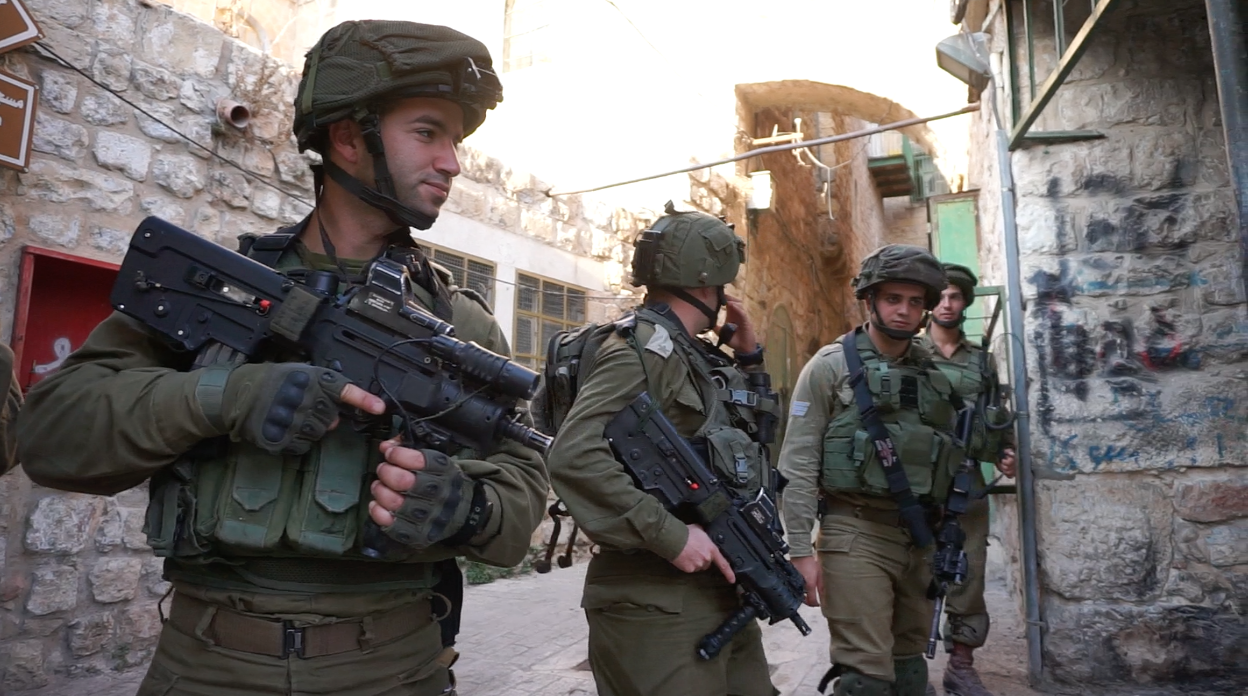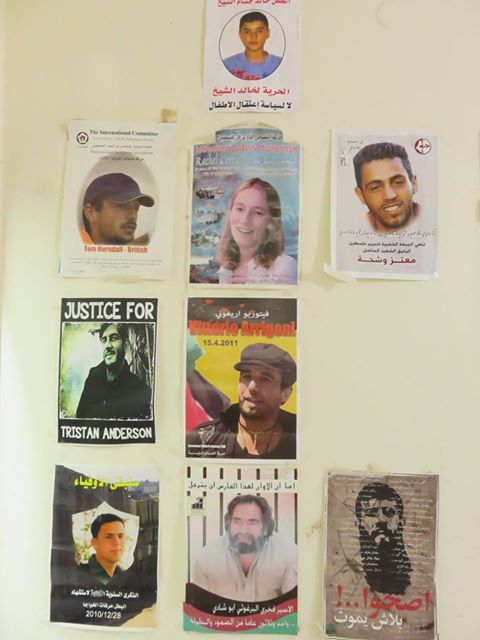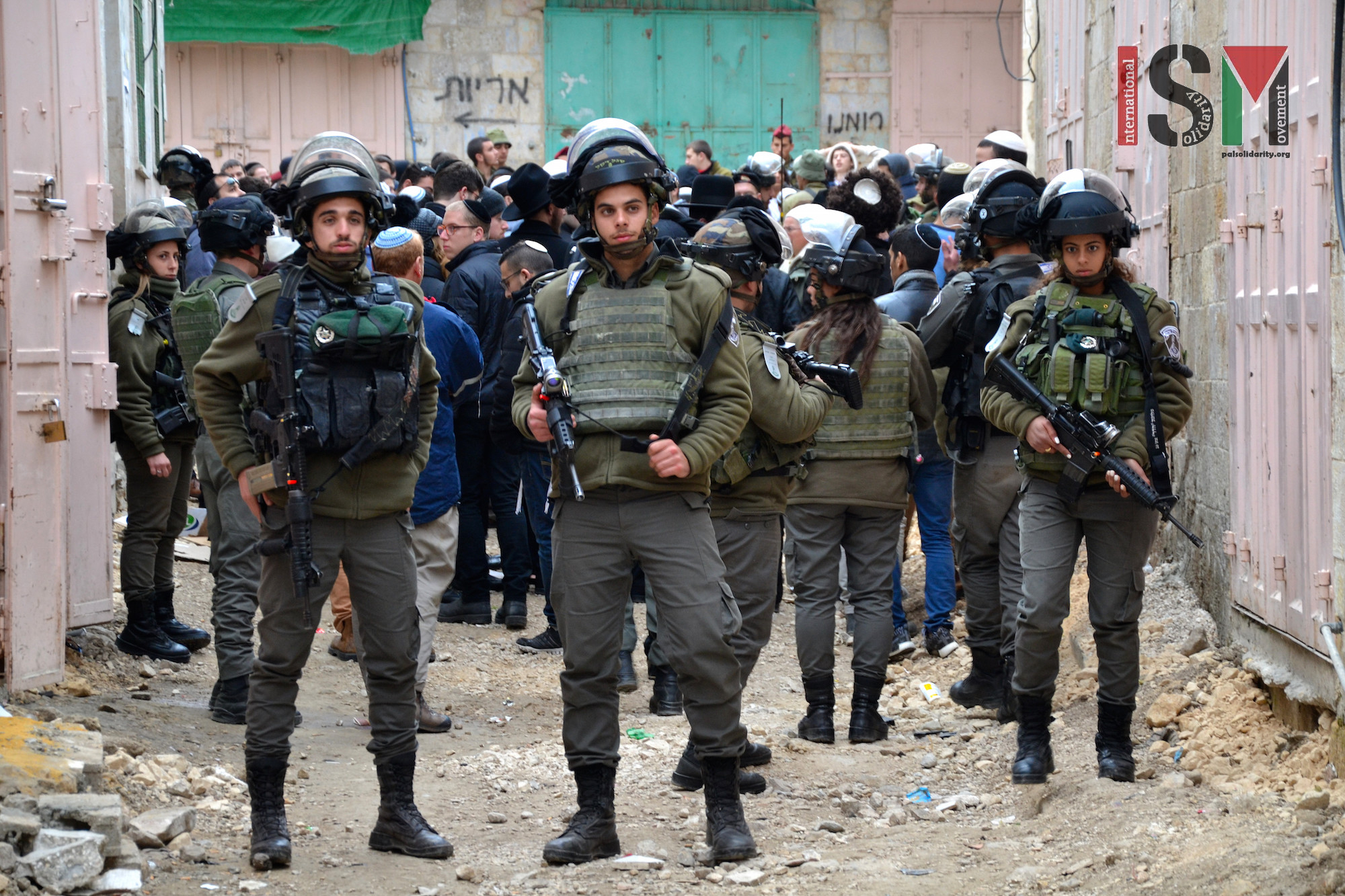Category: Journals
-
Photos of soldiers: crime or joy?
23rd January 2017 | International Solidarity Movement, al-Khalil team | Hebron, occupied Palestine As an international, taking photos of the Israeli occupation soldiers is either considered wrong and harmful or a joy. Harmful…harmful to what exactly? The continuous illegal occupation? Yet, photos are a joy for the soldiers, when they are proudly posing with an…
-
Remembering Tom Hurndall
16th January 2017 | International Solidarity Movement, ISM Australia | Gaza, occupied Palestine It’s 13 years since Tom Hurndall, a British activist with ISM, was shot in the head while trying to carry a small boy away from a conflict zone in Gaza. His face was among a wall of martyrs I saw on arrival…
-
Israeli Forces escorting Israeli colonial settlers through Palestinian neighbourhood
14th January 2017 | International Solidarity Movement, al-Khalil team | Hebron, occupied Palestine On the 14th of January, 2017, some 120 Israeli colonial settlers were escorted through the Old City by approximately 50 Israeli soldiers and Border Police, in occupied Hebron (al-Khalil). Escorted by countless soldiers from one end of the military base to the other,…



